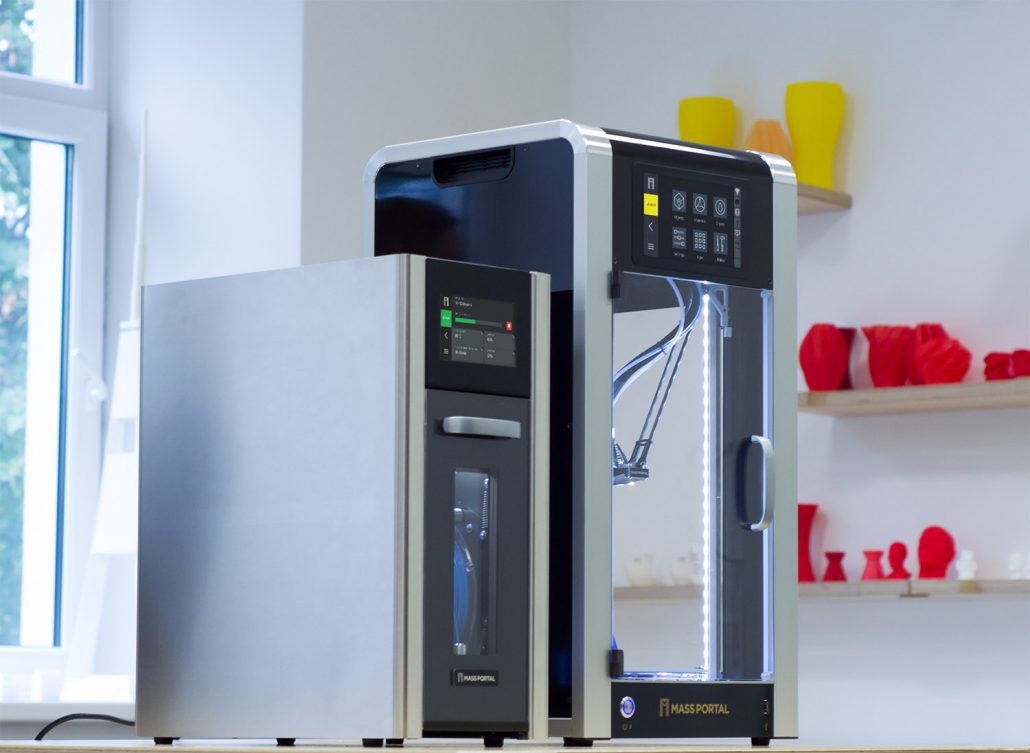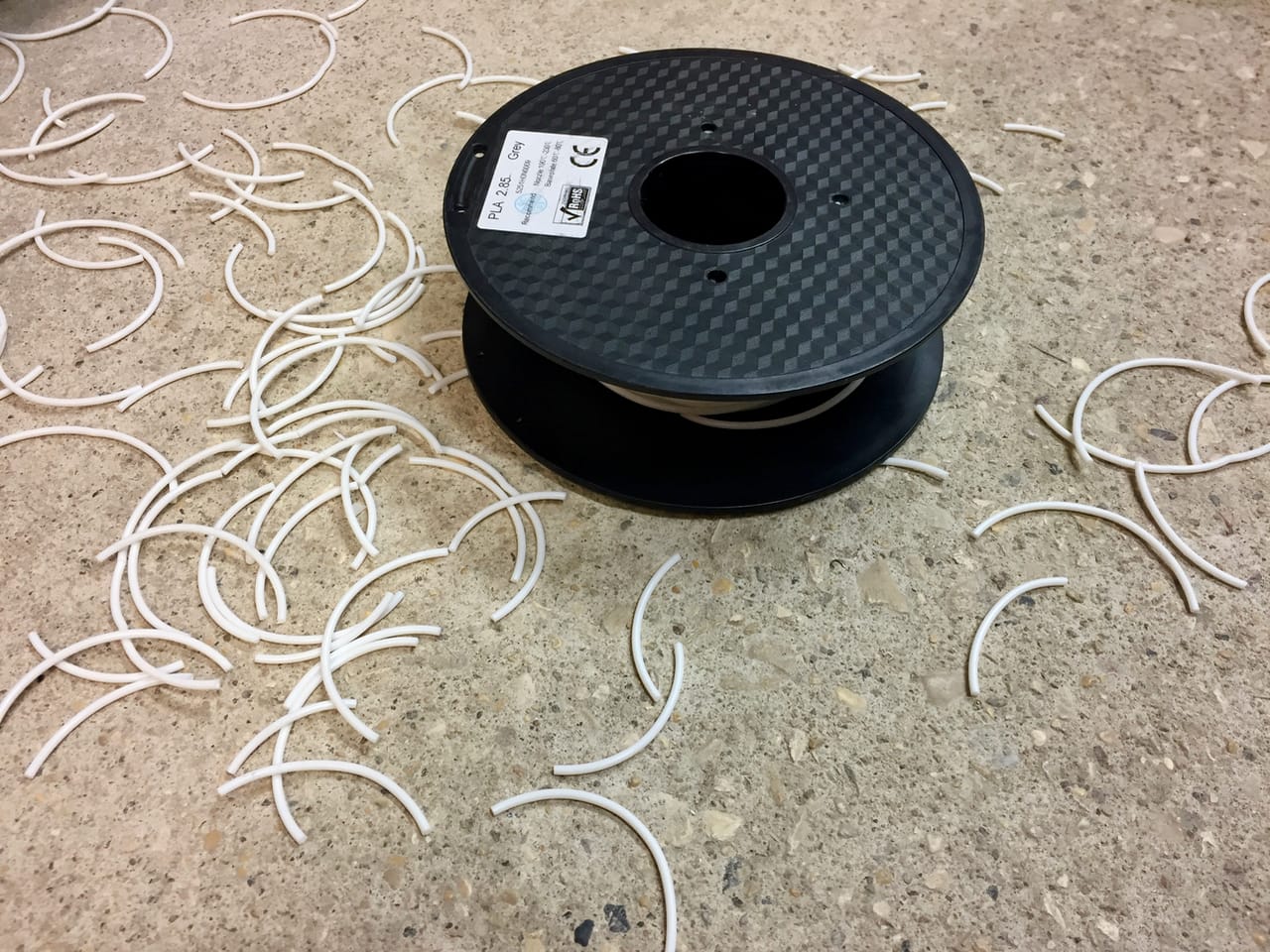
Latvia-based Mass Portal announced a new line of professional filament drying systems.
The idea here is to increase the quality of the filament being 3D printed in extrusion systems. It’s an interesting step by the company, who has up to now provided 3D printers capable of 3D printing in incredible detail. In fact, the finest #3DBenchy’s I’ve seen printed have been scaled down versions printed on Mass Portal equipment.
This pursuit of quality from the company may have run into a problem, however, in that the output of a 3D printer is often only as good as the input material: the filament.
As they produce open materials machines, their equipment is subject to the various qualities of third party filament, and the conditions under which it is stored.
Most reputable 3D printer filament manufacturers spend considerable effort in managing the moisture content of their products, both by drying the raw thermoplastic pellets before the filament is extruded, and by drying and storing the filament spools after manufacture.
However, all that care is often lost when filaments are distributed to end users, who have inconsistent methods of handling filament. If a spool is stored in an unsealed manner, or it is left mounted on a 3D printer for too long it may begin to absorb moisture from the surrounding atmosphere. Some thermoplastics tend to absorb more than others, making them particularly susceptible to this effect.
This embedded moisture can be a problem if you hope to achieve high quality prints, as the water vaporizes when heated in the hot end, introducing gaps, bubbles, slops or other effects upon extrusion. Sometimes on a particularly bad filament you can actually hear “pops” as the water emerges from the nozzle!

Exposed filament can also become quite brittle, as many readers can testify. The worst case of this in my experience was an entire spool that literally exploded when dropped, showing extreme brittleness.
There have been a number of homemade solutions proposed for this problem, including very carefully baking your filament in an oven, but the results can be catastrophic if you’re not paying attention, if you can guess what might happen.
There have also been several low-cost filament drying systems on the market, which tend to be a closed chamber capable of holding a spool or two during printing. One is Polymaker’s recent announcement of their “Dry box”. The closed chamber is sometimes heated to a good temperature for blowing off some of the moisture.
Now Mass Portal has gone quite a bit farther by building a sophisticated machine – actually two machines – that perform precision filament drying.
The two new units, the Filament Dryer FD1 and Filament Dryer FD2 differ mainly in capacity: the FD1 accommodates spools up to 1kg in size, while the FD5 can, as you might suspect, handle 5kg spools for longer and larger printing.
The two dryers boast an enclosed chamber that can be heated and monitored from a fancy front panel and are designed to sit beside your 3D printer, as they can feed material directly from the dry chamber to the extruder. This also prevents dust from accumulating on the filament, eventually clogging up your hot end.
It’s not clear exactly how the FD1 and FD5 perform drying, but Mass Portal says:
Mass Portal filament dryers use a drying process that is widely used in industrial drying systems, optimized for the filament drying application.
So it may not be as simple as “heating the chamber” as is done in lesser drying systems.
I believe these systems could be of critical importance for heavy 3D print operations, as they provide another means of ensuring consistent quality.
Imagine a non-dryer operation, where the input filament is subject to ambient conditions. This scenario would mean slightly different print results depending on the weather or other conditions. The drying system ensures a consistently pre-heated and dried filament supplied to your 3D printer’s extruder, meaning the print results should be as consistent as possible, so long as you use the same material and printer.
One challenge with the system seems to be that it can hold only one spool at a time. This means you may have to obtain multiple units if you are operating a multimaterial device, for example, or if you have a fleet of machines.
That said, every time I’ve seen Mass Portal equipment and its output, I am totally impressed. I suspect the drying system will be the same.
Drying 3D printer filament should be something everyone does.
Via Mass Portal

